After traveling through all 7 continents and 7 seas, I’m sharing how I did it and about the jobs that paid me to travel the world.
Whenever I tell people I’ve been paid to travel, they automatically think the only way this is possible is by being (pause for cringe) an influencer.
And I guess it makes sense, but this also couldn’t be farther from the truth.
Back in 2013 when I first started my marathon across all seven continents and seven seas, I didn’t know just how possible it was to travel long-term without saving for years or living out of a backpack.
It was only after my first job abroad that I realized I could continue fueling my travels without going broke by strategically finding work-while-travel jobs and opportunities in countries I wanted to visit or ones that would take me places.
After ten years, I’m so proud to have accomplished my goal of not only seeing every single continent on this planet, but also doing so either for free or by getting paid.
I hope that by sharing the jobs I had that sent me around the world, those interested in traveling in a financially responsible way can be inspired to forge their own path to a balanced, long-term travel lifestyle.

[joli-toc]
What Kind of Jobs I Looked For
I vetted my job search based on the following criteria:
- Is the job in a different country? If so, do they pay for or sponsor visas?
- Does the job pay for the relocation flight(s)?
- Will I have opportunities to travel during my downtime or days off?
- How accessible are other countries or continents from this job location?
- Are housing and/or food expenses covered?
Filtering my options through these questions helped me– and my bank account– in the long run.
I got lucky and found that each of the jobs I ended up with checked off the majority of the boxes, although I probably would’ve been satisfied with just a few.

ESL Teacher : Getting Paid to Live in Japan
[mks_icon icon=”fa-map-marker” color=”#000000″ type=”fa”] Location: Japan
[mks_icon icon=”fa-globe” color=”#000000″ type=”fa”] Countries visited while there: 4

Teaching English as a second language is one of the easiest ways to get paid to live and work in Japan and elsewhere abroad.
There are so many language schools and companies worldwide in need of English teachers and some don’t even require any formal teaching credentials.
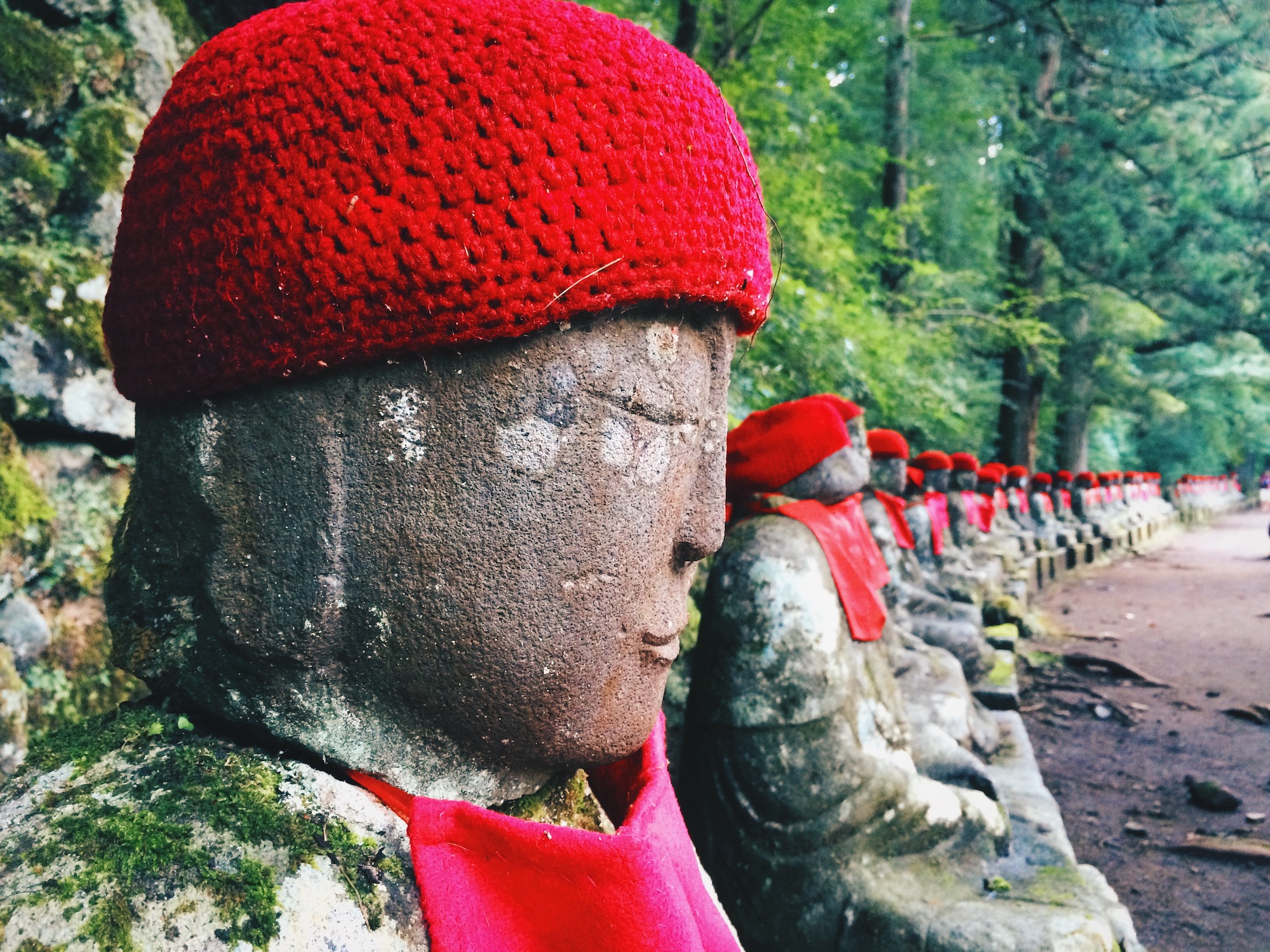
I chose to go to Japan as I wanted to learn more about my culture and of course eat good food.
While the decent pay, utopian levels of safety, and comfortable standard of living weren’t primary factors in my decision to teach in Japan, they most certainly made it more appealing.


Challenges and Benefits
Overall, my experience teaching English in Japan was positive although not without faults.
There were many challenges that came with moving abroad to work and live in a different country and culture, especially the expectations that were placed on me as a foreign teacher.

But in the end, the immersive experience and lifelong connections that I made during my two years in Japan were priceless.
There are quite a few benefits to teaching in Japan, the most important of which for me was how easy traveling domestically as well as internationally to neighboring countries was compared to living in the States.
I made sure to make the most out of my time off, adding on one of my extra days off with as many long weekends as I could in order to take short 3-5 day trips to a different region or to a nearby country.

Also, an added bonus of teaching in Japan is their week-long national holidays three times a year.
If you’re lucky enough to bookend these weeks with saved time off, you could end up with close to a week and a half off to travel!
Interested in teaching in Japan? Read about how I got paid to live in Japan or about my experience teaching with AEON (the company I worked for).

Sailing ESL Teacher: Cruising Around the World for Free
[mks_icon icon=”fa-location-arrow” color=”#000000″ type=”fa”] Route: Southern Hemisphere
[mks_icon icon=”fa-anchor” color=”#000000″ type=”fa”] Seas sailed: North Pacific, South Pacific, Indian, South Atlantic, Southern Ocean
[mks_icon icon=”fa-globe” color=”#000000″ type=”fa”] Countries visited while onboard: 17

I never thought about working on ships until, while researching where to go after Japan, in pure panic and desperation as my contract was ending and I still had no concrete plans, I Googled “What should I do with my life.”
I promise I’m not making this up.
The query led me to wtfshouldidowithmylife.com where I was suggested to work on a cruise ship.
So I did.
I found a once in a lifetime opportunity teaching English on Peace Boat, an educational Japanese cruise ship.
The main cruises are four-month global voyages that start and end in Yokohama, Japan.
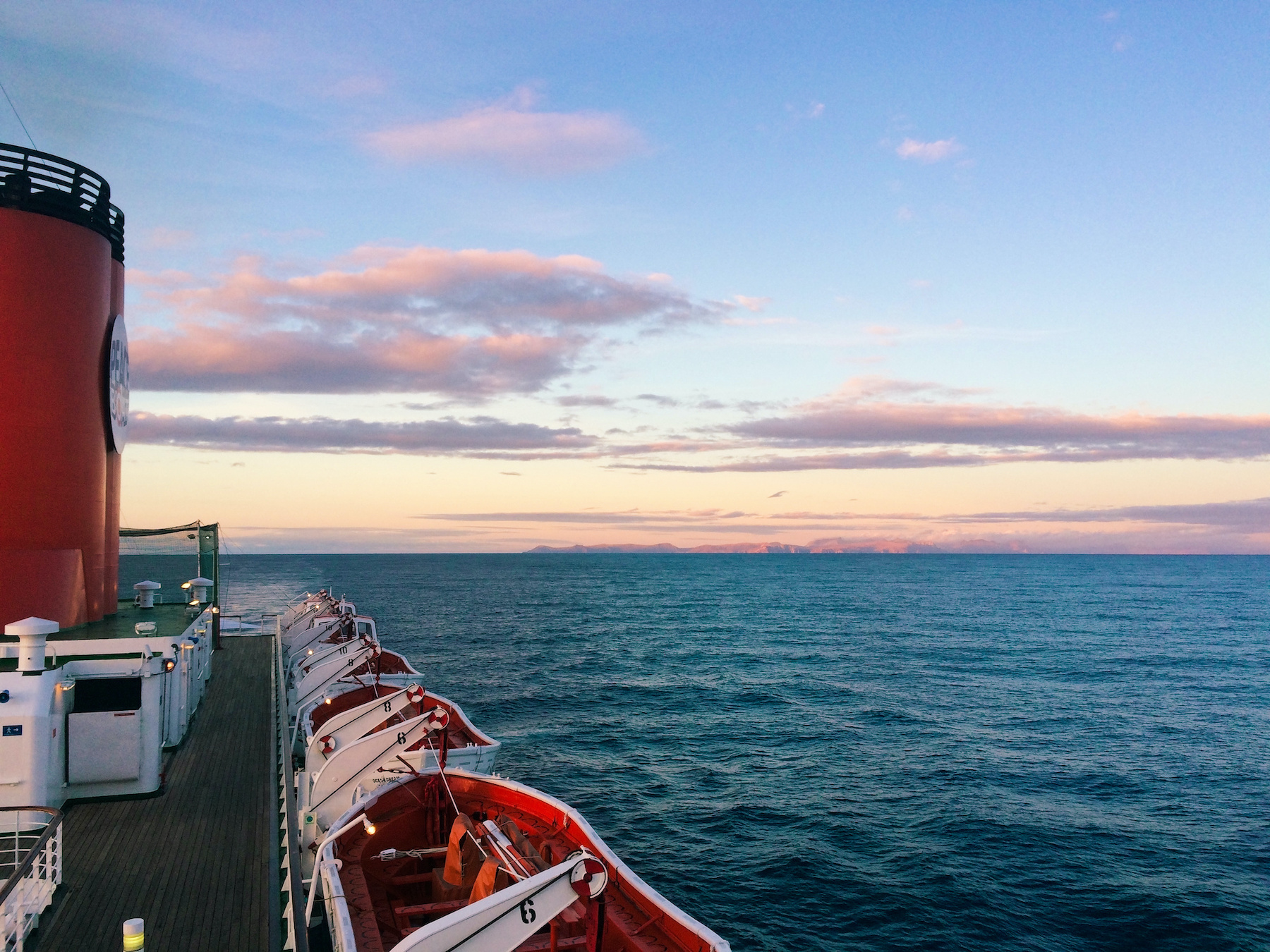
My particular voyage circumnavigated the Southern Hemisphere, visiting four continents and stopping in 17 countries including the Maldives, Madagascar, South Africa, Namibia, Brazil, and Uruguay.
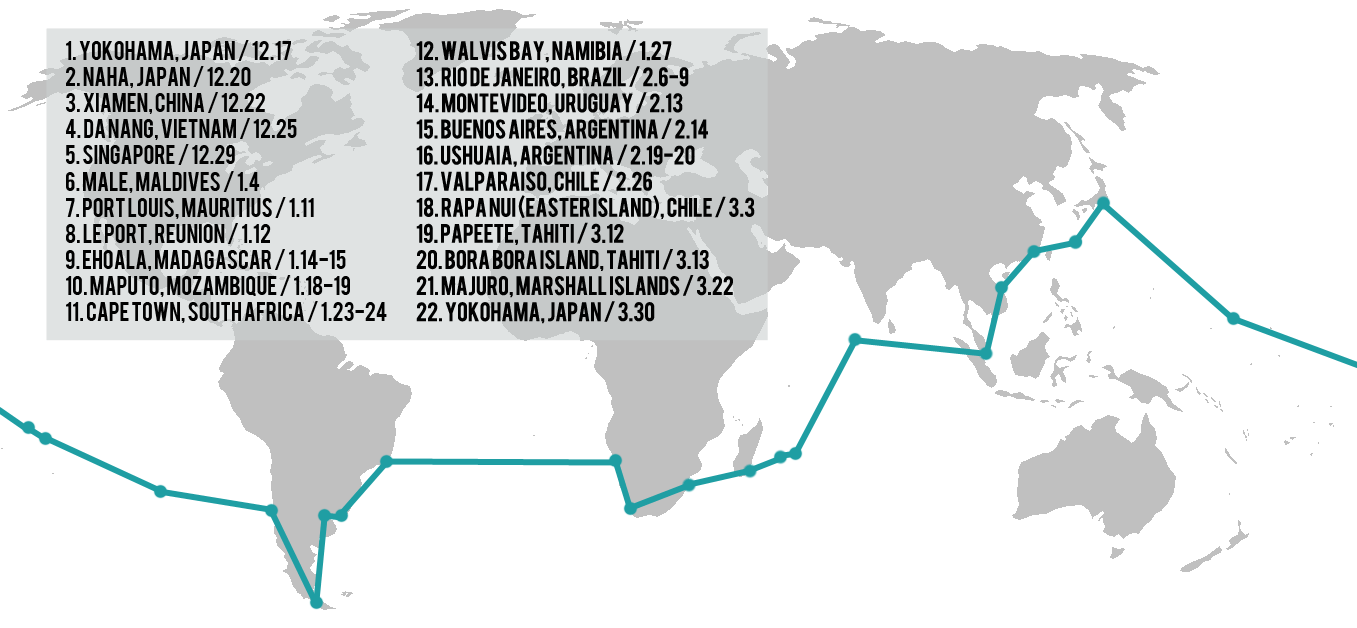
Challenges and Benefits
The biggest drawback of this opportunity was that it didn’t come with a paycheck.
But I also did not have to pay for the experience.
In exchange for my teaching services, all my expenses were paid for and it’s the one “job” that single-handedly allowed me to visit some parts of the world few people get the opportunity to see.

To me, the benefits of getting to tag along on a $12,000 months-long cruise around the world in exchange for teaching hours vastly outweighed the very few challenges I could think of, which included:
- An atypical work schedule and requirements
- Adjusting to living at sea and in a confined space for an extended period
- Minimal internet access
- Dealing with seasickness
When I was offered the teaching position, I didn’t give any of these factors serious consideration.
For me, there was absolutely no reason to turn down an opportunity to cruise the world for free.

But the benefits didn’t just end there.
In addition to having a floating home free of rent and meals provided for, all of my visa costs were covered; two of which were ten-year visas that are still valid.
In most ports I didn’t work and was free to explore just like a paying passenger.
The highlight of all highlights was getting a free, four-night stay in Rio during Carnival, where I may have been tear-gassed, but at least I didn’t have to pay for plane tickets and a hotel for what’s typically an expensive trip.
Interested in finding out more about Peace Boat? Read about my experience as a Peace Boat teacher.
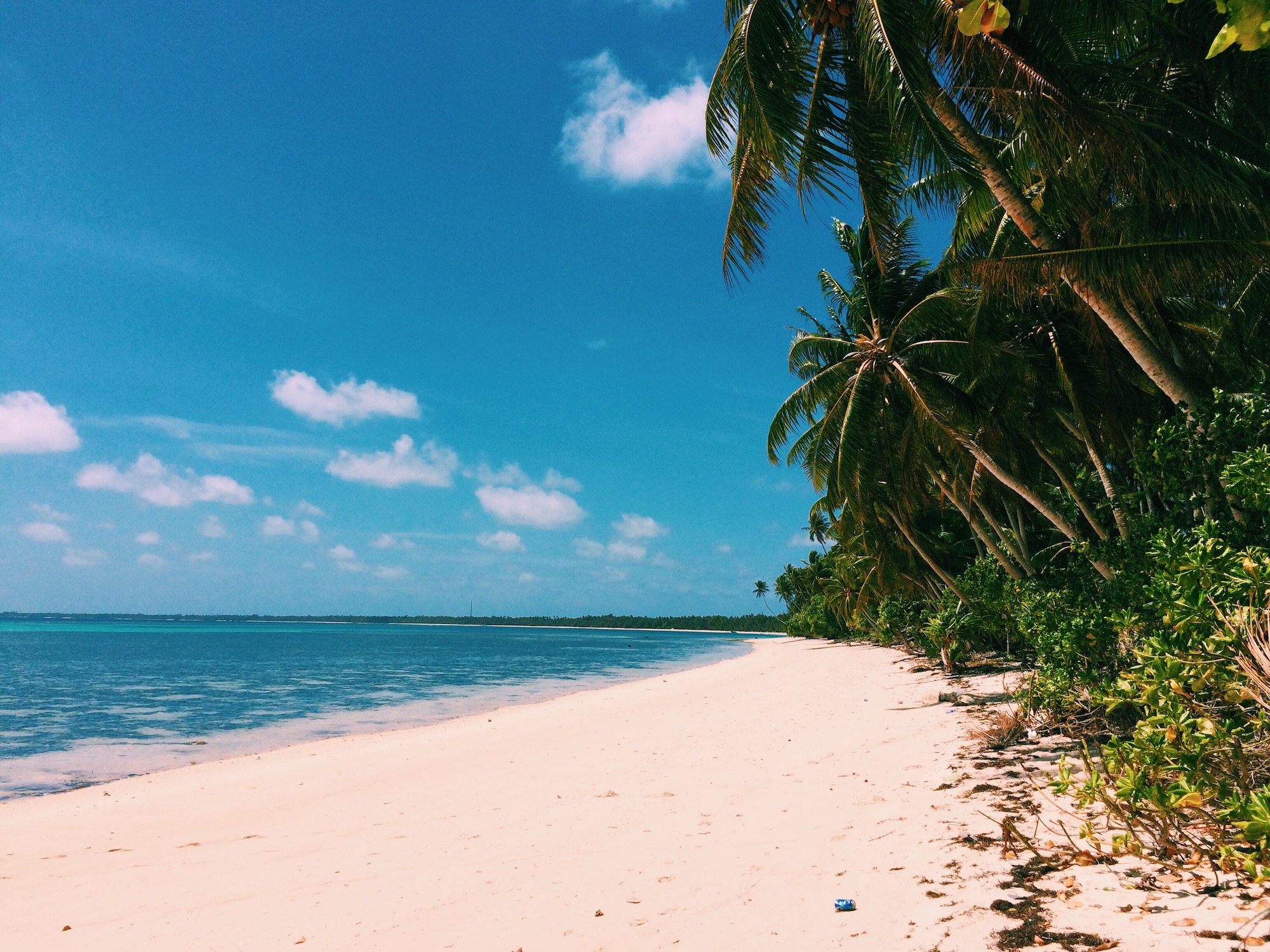
Cruise Ship Youth Counselor: Getting Paid to Live at Sea
[mks_icon icon=”fa-location-arrow” color=”#000000″ type=”fa”] Routes: Caribbean, Mediterranean, Scandinavia, Baltic Rim, the Nordics, Arctic Circle
[mks_icon icon=”fa-anchor” color=”#000000″ type=”fa”] Seas sailed: Arctic, North Atlantic, South Atlantic
[mks_icon icon=”fa-globe” color=”#000000″ type=”fa”] Countries visited while onboard: 35

Once you get a taste of life at sea it’s hard to go back to life on land.
For nearly three years, I worked on cruise ships as a camp counselor at sea while seeing some of the most beautiful sunsets and waking up in a different country than I’d fallen asleep in.
Benefits and Challenges
The work wasn’t easy: 13-hour workdays at the busiest, 1000+ kids onboard, and no days off for 5 months.
Working on cruise ships is probably the most mentally and physically taxing job I’ve ever had, but it’s also the job I miss the most and have the best memories of.

On ships you work hard, but the lifestyle and benefits make it even harder to walk away from:
- Accommodation, flights, medical, food, and utilities are all covered for your entire contract
- Ability to easily save most of your money
- Work, live, and party with 50+ nationalities every day
And of course the biggest selling point for ship life: the places you get paid to see.
Because of my job onboard cruise ships, I’ve been able to go to some amazing places and experience some amazing things:
- Island hopping throughout the Caribbean
- Spending a summer in Russia during the 2018 FIFA World Cup
- Spending another summer in the Mediterranean
- Crossing the Atlantic Ocean twice
- Cruising through the Arctic Circle
- Sailing on Royal Caribbean’s maiden voyage to Greenland

While working on ships was the most demanding job out of all the work and travel positions I’ve had, it remains my all-time favorite, hands down, no matter what.
Learn how to get a job on cruise ships and what working on cruise ships is really like!
Antarctica Support Staff: Getting Paid to Live on the Ice
[mks_icon icon=”fa-map-marker” color=”#000000″ type=”fa”] Location: Antarctica
[mks_icon icon=”fa-globe” color=”#000000″ type=”fa”] Countries visited while there: 2

I was able to live in Antarctica (“the ice”) by working as a steward (dining attendant) for the National Science Foundation’s U.S. Antarctic Program at McMurdo Station and the South Pole Station.
I washed dishes, mopped the galley floor, and served food to each station’s scientists, support staff, construction workers, and military personnel.
I don’t think it’s a secret that getting to go to Antarctica without having to pay for an expensive cruise is one of the biggest incentives to getting a job in Antarctica.
Not only do you get a free ride to the Final Frontier, but you also get to live there alongside the penguins of Antarctica, which you can’t do on a cruise or excursion.

Challenges and Benefits
There are a lot of similarities in benefits between ship life and ice life: both include salaries, accommodations and food are provided for, medical services are free, and flights to and from are covered.

An added bonus to working on the ice in either McMurdo Station or the South Pole, however, is that personnel headed down all transit through Christchurch, New Zealand and get paid a per diem for each day there.
If you’re lucky or organize your time well, you could end up with an extra day or more to explore the city as flights in the summer get delayed regularly due to mechanical problems, unfavorable weather, or a combination of both.
Getting to and from the ice is notoriously unpredictable as all conditions need to line up perfectly.
Because of this, my flight down to the ice was delayed seven days, which meant I had seven paid days in Christchurch to wander and hang out with some alpacas.
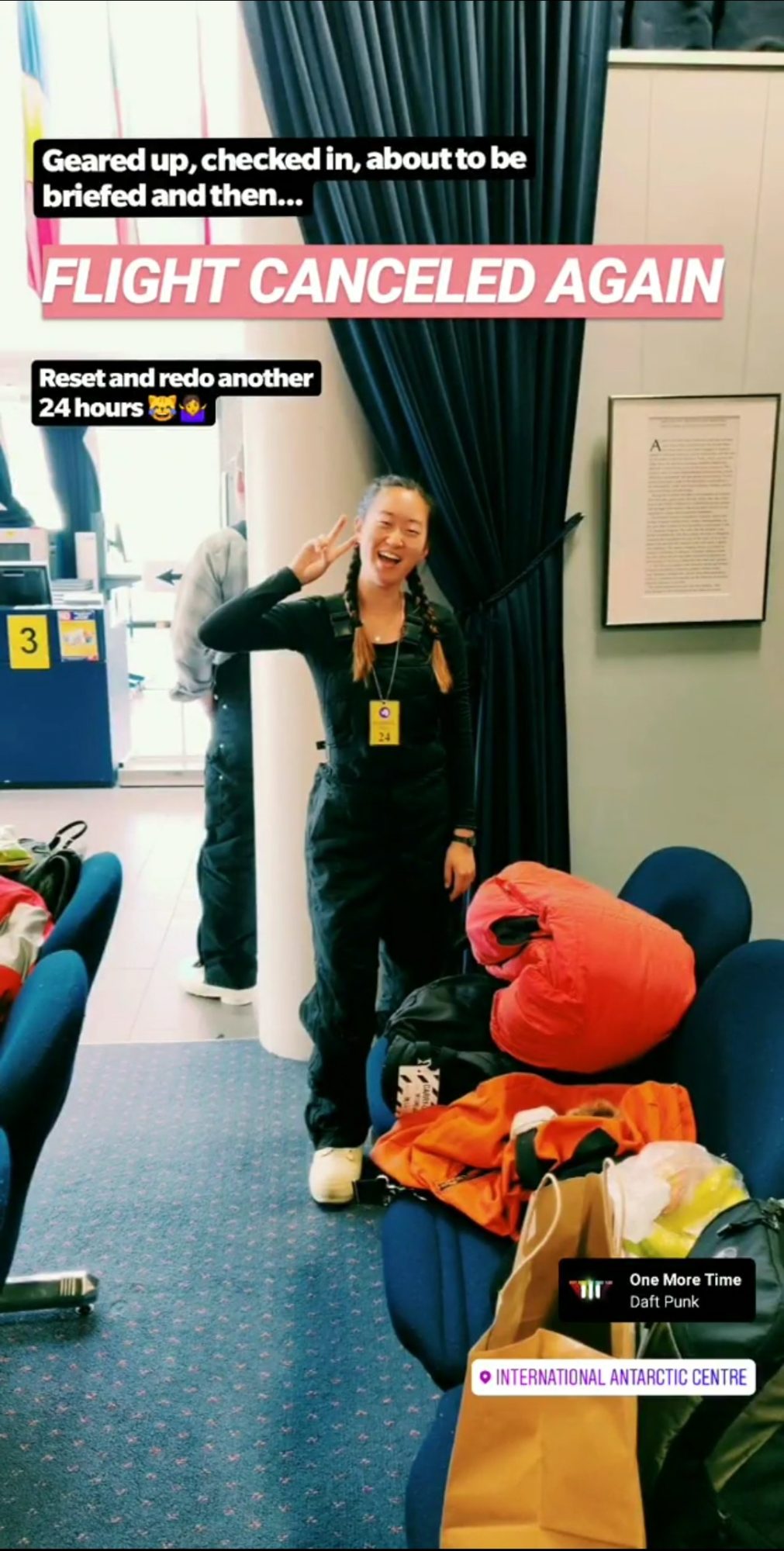
Getting a job in Antarctica isn’t easy, but if you’re ever lucky enough to make it past the highly competitive application process, it will all be worth it– I promise.
But that doesn’t mean there aren’t any challenges.
The weather down there can be brutal, and when you take into consideration the long work hours and six-day workweek, unforgiving climate, and isolated lifestyle where fresh produce is a luxury that you might go months without, surviving on the ice takes a bit of mental strength.
Living and working in the harshest and most remote continent on earth (all while getting paid!) was, is, and continues to be one of my greatest achievements, and I’m so extremely grateful for the once in a lifetime opportunity to go where very few can even dream of visiting, let alone living.
Interested in working on the ice? Read about Antarctica jobs you could do and how I got paid to live in Antarctica!
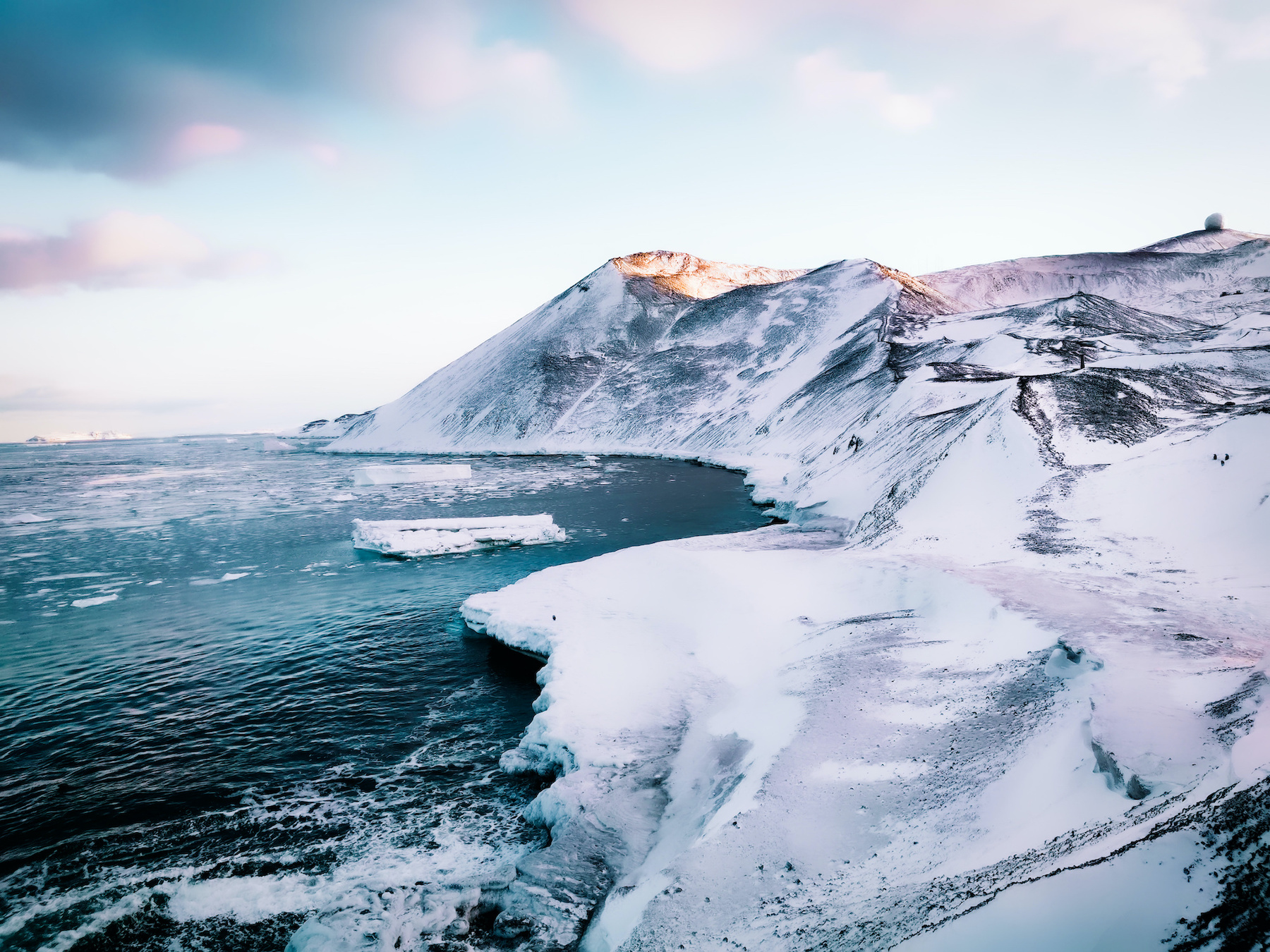
Final Thoughts
There are so many ways to see the world, and for me, working travel jobs allowed me to explore this beautiful planet without going into debt or requiring years of savings.
I do want to note that I realize how extremely fortunate I was, and still am, to have had access to these opportunities and the necessary education, resources, and background experience required for these positions.
I know this is not the case for much of the world and many people do not have the luxury of leaving the country for extended periods of time, if at all.
I just wanted to share my experience and encourage those who might see travel as something unattainable or an “all-or-nothing” option like I used to think.
Whether traveling for you means job-hopping your way through different countries or simply camping in the mountains behind your home, all are valid.
It’s just about finding what works for you and exploring where you can.
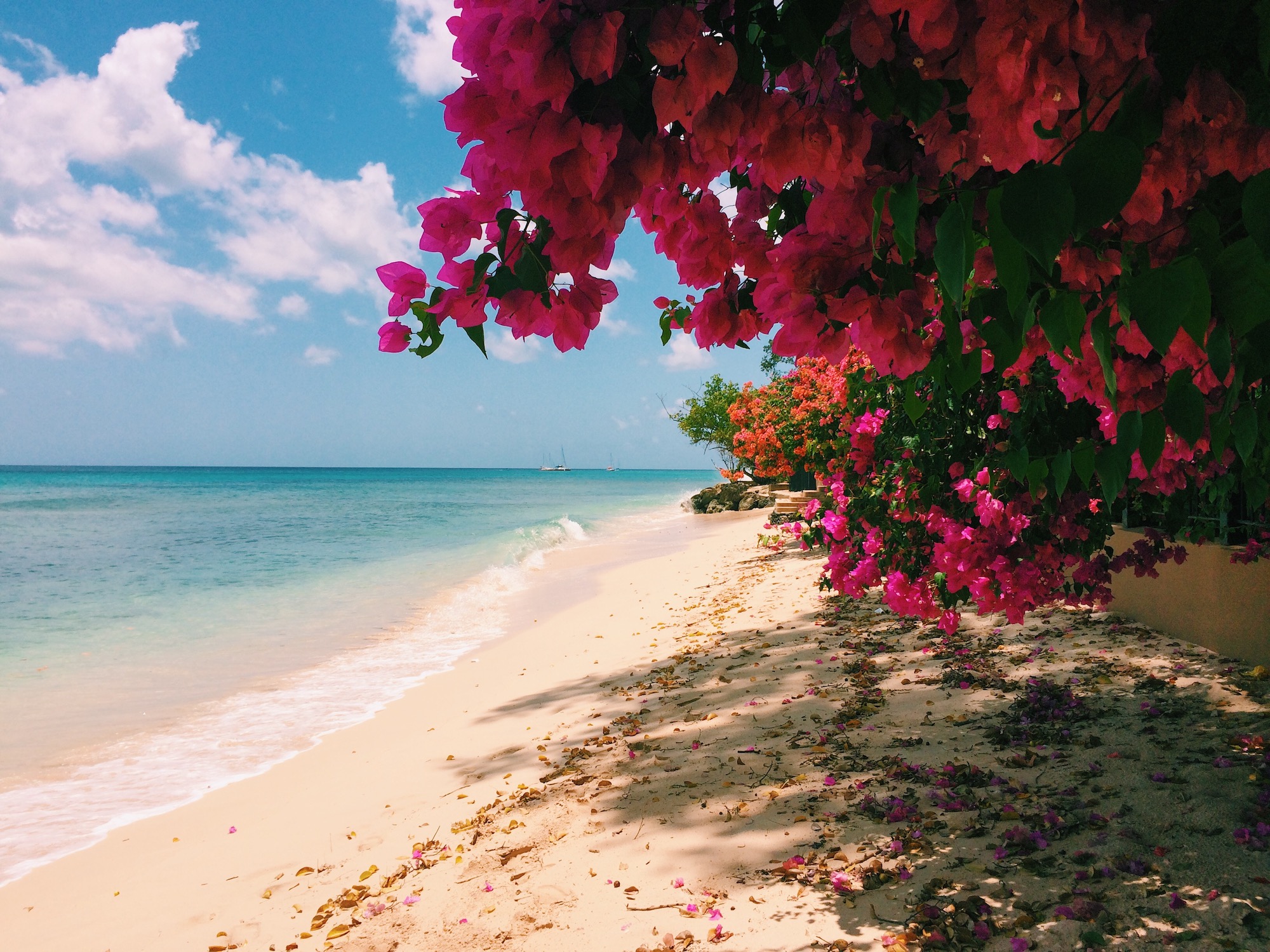
I’m also so grateful to have completed my journey through all seven continents and seven seas right before 2020… happened.
What my future and the future of the travel industry holds in a world with coronavirus is still to be determined.
But to quote my birthday twin David Bowie:
“I have no idea where I’m going from here, but I promise it won’t be boring.”
Pin and Save for Future Adventures!






Love all these ideas! Especially teaching on a cruise and getting to live in Antarctica…wow!
Love reading your experiences! I currently teach english online which makes traveling abroad accessible since it’s fully remote!
Absolutely! So many benefits to teaching online, it’s such a great option.
This is so, incredibly awesome! What incredible experiences! I can’t imagine getting to live in Antarctica or seeing so many countries! Good for you for jumping on all those opportunities!
Thanks for reading! They were definitely amazing adventures that I’m so grateful to have had the chance to experience.
What an incredible adventure! I’m on continent number 5 looking to add South America and Antarctica to my list. #oneday
You’re so close! Your last two could totally be done in the same trip!
This is seriously one of the most inspiring posts I’ve ever read! Your life sounds like an absolute dream! I’m in the process of getting a TEFL certificate, and I hope to travel to a lot of countries with that :) Just waiting for covid to finally be over!
I’ve definitely been fortunate, that’s for sure. A TEFL certificate is a great start; once you have that you can literally teach anywhere in the world!. Let me know if you have any questions about it :)
This was a really helpful post. My son is going to be stationed in Japan and I have really considered moving there for a short time and teaching. Thank you for your insight!
Glad I could shed some insight! I think that’s such a sweet idea so you can be closer together. And, of course, I can’t talk highly enough about Japan ;). Let me know if you have any questions down the line!
I laughed so much at Googling “what should I do with my life”, because that’s totally something I would do in a moment of desperation. I didn’t even know that you could teach English on a cruise ship. What an awesome job!
Glad I’m not the only one! I really shouldn’t rely on Google as much as I do, but I guess it turned out ok! Sometimes creative travel just requires a bit of inspiration now and then.
SUCH an inspiring story! I love that you didn’t let anything stand in your way of your dream. I think this will inspire so many others who want to get paid to travel, as you did!
Aw thanks, I hope so! I wished there were more resources and guides out there when I started, so hopefully this is useful for others interested in doing the same kind of traveling in the future.
This is such a great article! So many of us are looking for ways to live the digital nomad life and travel the 7 seven seas. I love that you really did that, and that also before 2020 happened!
Being a digital nomad definitely makes it easier to travel! If I’ve learned one thing from this experience, it’s that there are so many ways to travel and see the world. It just takes a bit of creativity sometimes!
You are absolutely AMAZING! The stories you must have. What an incredible experience! While I’m sure it wasn’t all glamorous, this would’ve been a once-in-a-lifetime opportunity and I really commend you for being able to accomplish all of these jobs! I’m so impressed and happy for you that it turned out the way it did. A lifetime of memories I’m sure. How inspiring!
Oh gee, thanks! You’re absolutely right, there were so many times where my life on the road/ at sea/ on the ice was just miserable, but it was all definitely worth it in the end. As I like to say: sometimes misadventures make for the best adventures (and stories!) ;)
So many great job opportunities here! I would love to try some of these out while travelling.
Definitely! There are so many options to choose from; it’s all about finding the best fit for you.
I love that you googled “what should I do with my life?” and ended up traveling the world on a boat. These are some great tips and your travels are amazing!
Google really does have all the answers ;)
This is so fascinating and inspiring – thanks for sharing it. I really enjoyed reading about your experiences and adventures.
Thanks for reading!
Woah this was seriously so interesting to read! After finishing high school, I almost considered working on a cruise ship as well. I didn’t do it tho because I heard it’s really a lot of work. It sounds like you still had an amazing time so maybe I should give it a try in the future :)
It definitely is hard work but it was enjoyable for me and worth the adventures. If you’re considering working on ships in the future, you can check out this post for all the behind-the-scenes info!
You are an inspiration. What a great adventure! We too are traveling around the world for four years now, but we waited until we retired. It’s possible no matter what age you just need to really want it.
YOU are an inspiration! That’s amazing what you’re doing and I can’t imagine the amount of planning that had to go into the last four years of travels!
what an incredible experience to be able to live in antarctica, would you ever consider going back?
Not immediately, but I’ve definitely thought about it. It’s such a unique place and experience that leaves everyone wanting more.
Wow. So many cool experiences! I was an ESL teacher in Korea but that’s about it. Antarctica sounds super cool though and so glad you shared your experience to make travel more attainable.
Thanks for reading! Teaching ESL is definitely something I would recommend for anyone in any country. I’d love to work in Korea if I ever went back to teaching ESL abroad.
What an awesome adventure. I am an educator in the United States and have joked that I am going to quit and go teach English somewhere. After this year, I just might do it!! :)
Definitely! Let me know if you have any questions.
I’m so impressed that you’ve been to all seven continents and seven seas! That’s so cool. I also really appreciate that you found a way to do it without being an influencer. I never even knew you could work on a cruise ship like that, but it sounds like an amazing, unique experience.
Being an influencer can be great if you’re able to fuel your travels that way, but it’s just not realistic for most people! Finding work opportunities that allow you to travel, on the other hand, is much more accessible 😉
This was a super cool read! What do you do these days and/or where do you think your next steps will be? Will you ever have an “office ” job?
Just freelance writing for now and seeing where things go when this pandemic is over. And that’s a good question I’ve thought about a lot, which I honestly have no idea! It would be quite a change for me, that’s for sure.
Wow, thank you, very well done. What an awesome adventure you’ve had. I’ll be sure to pass this on to others for inspiration.
So glad to have met you and that you were a part of it! Antarctica wouldn’t have been the same without you ;)
Wow! I’m in awe right now! Thank you so much for sharing your experiences. First, I have to say how incredibly bold and inspiring you are! This is one of the best, most engaging blog posts I’ve read – I didn’t even know these opportunities existed. I’m definitely going look into some of these (I’m wondering what will be available now with COVID in the mix), especially since I’ve recently been grappling with the idea of sitting behind a desk for the rest of life and really looking for a change. Thanks again for helping me see this lifestyle is even possible! Xx Sara
Thank YOU for all your kind words! I’m so happy that I can share my experiences with fellow travelers like yourself. Believe me, I know exactly how you feel! I didn’t know about some of these opportunities years ago and since then so many more have popped up on my radar. There are so many ways to continue having a travel lifestyle and I hope you’re able to find what works for you.
Hi! I’m so inspired by your stories and experiences. What you’ve been able to do and see sounds truly incredible. I was just curious what your educational background is that has allowed you to be a candidate for each of these different jobs? It there a certain path you’d recommend?
Thanks for following along! I just have a general Communications degree and used it to pivot into the different jobs I had. I remember university friends joking with me about having such a non-specific degree but it worked for me! I think the main thing that helped me was using the various skills I learned from each job and translating them into the next position I moved into. It’s all about marketing yourself :)